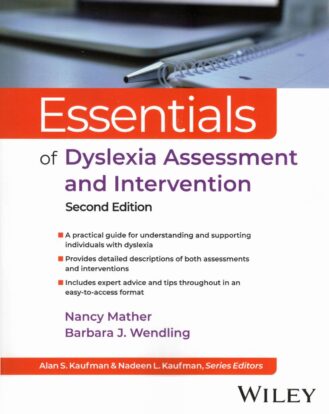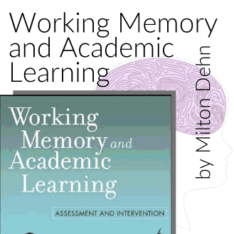
The Neuropsychology of Reading Disorders
$54.95
A Compendium of Research-Based Interventions
The Neuropsychology of Reading Disorders delves into the neural underpinnings of reading disorders and dyslexia in children and adolescents.
Format: Paperback
Pages: 276 pages
A Compendium of Research-Based Interventions
Reading disorders are the most common type of learning disability among children, with some estimates suggesting that up to 40 million Americans may have dyslexia. Children remain especially at risk for reading failure in high-poverty schools or if they are members of language-minority populations. Despite recent legislation enacted by most states recognizing dyslexia as a viable learning condition, nearly 40% of fourth-grade students are still reading at a “below basic” level. The Neuropsychology of Reading Disorders delves into the neural underpinnings of reading disorders and dyslexia in children and adolescents. Schools can foster literacy development in all children through appropriate assessment measures, developing mandating screening procedures, and utilizing research-based interventions for struggling learners.
Some of the key questions answered in this book include:
- What is the difference between a learning disability, reading disorder, and dyslexia?
- What are the specific brain regions involved in accurate and fluent reading skills?
- What are the four main subtypes of reading disorders that children typically encounter?
- Why do second-language learners and children in poverty struggle with reading?
- What is the difference between evidenced-based and research-based intervention?




